I have written before about rashes that flare in the winter with colder weather. Now it is time to discuss the opposite. There are certain rashes that, yes, you can have year-round depending on other factors. As a dermatology physician assistant, I notice patterns. It is easy to predict which rashes will flare in the summer versus in the winter. I am going to discuss the five different rashes I see more commonly in the summer and who is more prone to each of these. I will also discuss prevention and how each of these rashes is typically treated. Let’s dive into the five rashes that flare with summer sun, heat, and or sweat!
Intertrigo
Intertrigo is a term for inflammation in areas of skin folds. It is one of the rashes that flare with summer due to increased sweating and that sweat being trapped in skin folds. Multiple things can cause intertrigo and the two more common causes include overgrowth of yeast on the skin and chafing. Overgrowth of yeast on the skin stems from moisture being trapped in skin fold areas without proper ventilation. It can sometimes be treated with over-the-counter Nizarol and clotrimazole. Other times, it requires prescription-strength topical and oral antifungals.
Chafing is a common skin condition. You can experience chafing anywhere skin rubs. This could be between the thighs, under the arms, and even between your buttocks. My favorite way to treat chafing is by preventing it in the first place. When you can, wear clothing that will prevent skin from rubbing. Also, invest in a skin barrier product such as Body Glide. Body Glide is one of my favorite products and it does absolutely wonders. I always use it on my thighs whenever I run in shorts! Another trick is to apply a thin layer of Vaseline to the affected areas before and after to help soothe any irritated skin.
Melasma
Sometimes called the “mask of pregnancy”, melasma is fairly common among pregnant people. It can also come about when taking other hormonal-related medications such as birth control.
The most important thing with melasma is to… protect yourself from the sun, yup you guessed it. I always recommend wearing mineral-based sunscreens with at least 30 SPF and reapplying every two hours. Mineral-based sunscreens include zinc oxide or titanium dioxide as the main ingredients and in my opinion, are the best ones to use. My personal favorite is Elta MD UV Clear, especially for those with sensitive skin.
Melasma can be treated with hydroquinone which is a lightening cream. The one downside is you can’t use it while you are pregnant and I also don’t recommend using it while breastfeeding.
In some stubborn cases, people with melasma also have to be treated with cosmetic procedures such as chemical peels or lasers to take care of the pigmentation changes once and for all.
To reiterate, the most important thing is sun protection to hopefully prevent this from occurring. Think wide-brimmed hats, large polarized sunglasses, and sunscreen. Lots and lots of sunscreen.
Tinea versicolor
This skin condition is thankfully a little easier to treat than the other two aforementioned diagnoses. Tinea versicolor is a fungal infection of the skin that typically leaves both light and dark spots on your body (hence the name versicolor). Sometimes it is more hyperpigmented (dark) spots and other times it is more hypopigmented (light) spots.
Tinea versicolor likes to arise and worsen in warm moist environments and is typically first noticed in the summertime due to uneven tanning of the skin. Other patient populations that are at a higher likelihood of developing tinea versicolor are those that sweat a lot. For example, I commonly see this skin disorder in people who frequent the gym or people who frequent swimming pools.
The key to treating tinea versicolor is to use a good antifungal treatment. Fortunately, this is something you may be able to treat at home. You can use an anti-dandruff shampoo for example Nizarol which is Ketoconazole 1%. You simply wash it in affected areas 2-3 times per week in the shower. I recommend leaving it on for 5-10 minutes before rinsing it off.
Another over-the-counter treatment available is topical clotrimazole which can be found marketed as an athlete’s foot cream. You can use it twice daily for 6 weeks and more often than not it should clear the rash. If after 6 weeks of consistent use, it is still present then it’s time to go see a dermatology medical provider.
Athlete’s foot
The medical term for athlete’s foot is tinea pedis. Remember tinea versicolor? Tinea pedis is similar but is specific to the feet. Although sometimes when bad enough it can start working its way up your ankles. You can treat it the same way as other fungal infections. Another very important key to the treatment of tinea pedis is making sure you are not sitting around with sweaty socks! Sometimes applying a drying powder to your socks is necessary to prevent the infection from recurring. I personally like either Gold Bond or Zeasorb.
Rosacea
Rosacea is a chronic inflammatory condition that can cause easy redness, burning sensations, and acne on the face. There are several different types of rosacea as well as different ways to treat each type. I always review the triggers of rosacea with my patients. Every patient may experience different triggers but the following are the most common: sun exposure, wind, stress, alcohol, spicy foods, and high intakes of caffeine or sugar. I typically recommend a patients keeps a journal and every time they have a flare they will write down everything they did and consumed within the last 48 hours. Avoiding triggers is important in treating rosacea and one of the most common triggers is sun exposure!
For a more in-depth discussion on diagnosing and treating rosacea please read: The Dos and Don’ts of Treating Rosacea
Final thoughts
Rashes that flare in the summer can be frustrating. When summertime comes, everyone wants to be able to enjoy the summer sun without worrying about a rash flaring. Unfortunately, some people are simply more prone to these rashes and therefore need to take extra precautions before heading to the beach for a week. Are you someone who has dealt with any of these five rashes in the past or is currently struggling with one? Let us know about your experience in the comments below!
Other related posts:
3 Types of Rashes That Flare in Winter Weather
8 Frustrating Skin Conditions Experienced By Runners
Over-the-Counter Ring Worm Treatment Versus Prescription Medications
*Disclaimer: Opinions expressed are solely my own and do not express the views or opinions of my employer. Information on this website is for education and entertainment purposes only. Content is my opinion. It is not substituted for your own doctor’s medical care or advice. One should not make any health or medical-related decisions based in whole or in part on any content on this site. Content is not intended to replace the services of a licensed, trained health professional. Content may not apply to you as an individual. Although I will update my website with current information, this website is not a definitive guide to dermatology.
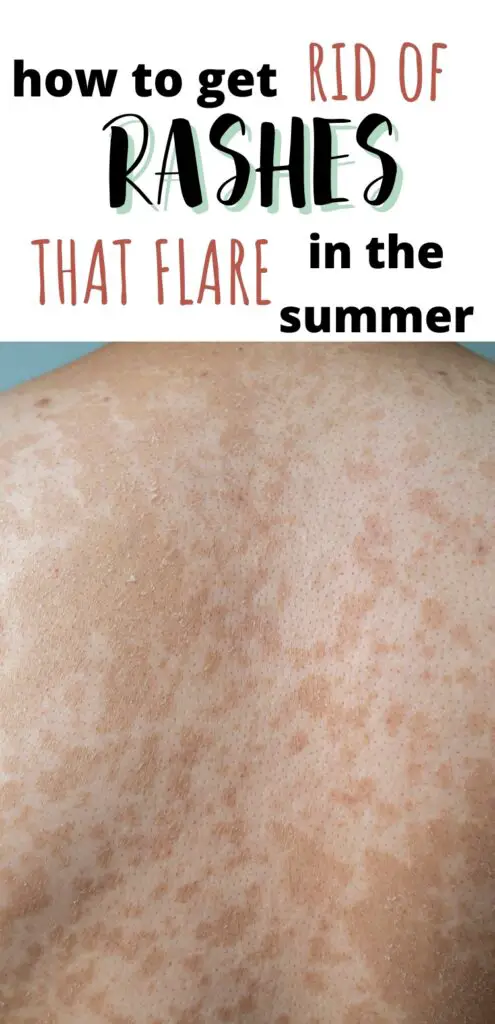
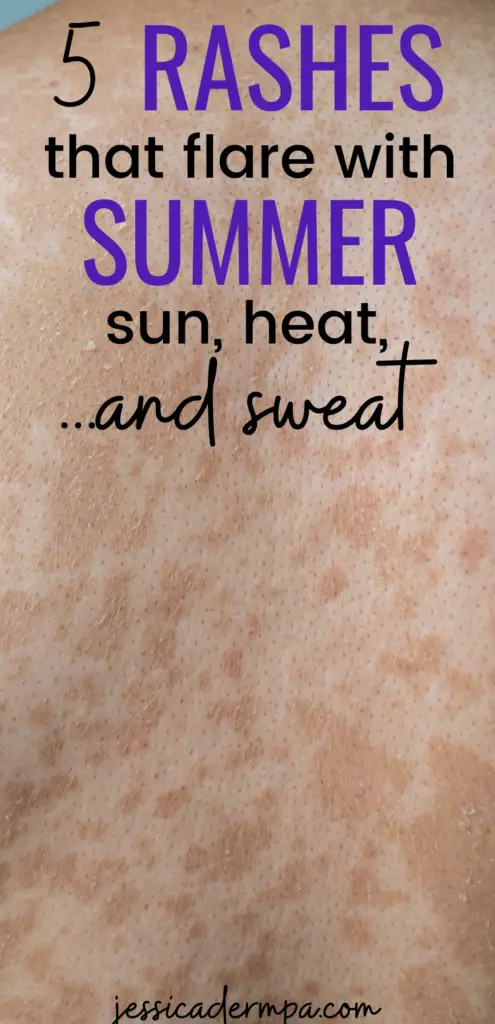
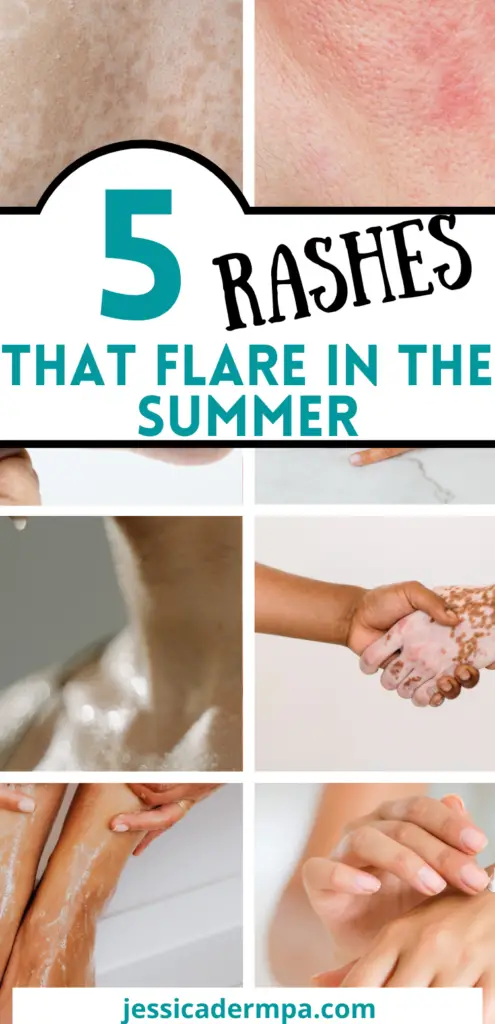
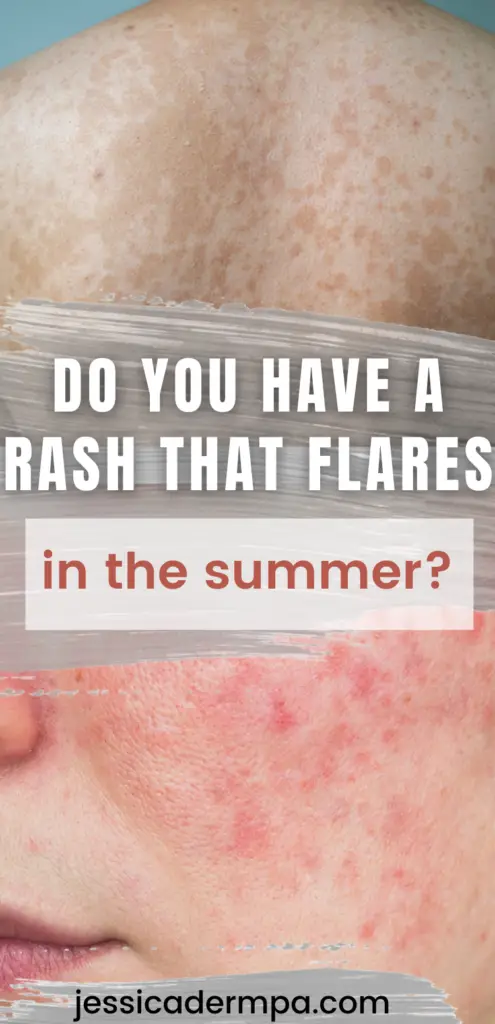

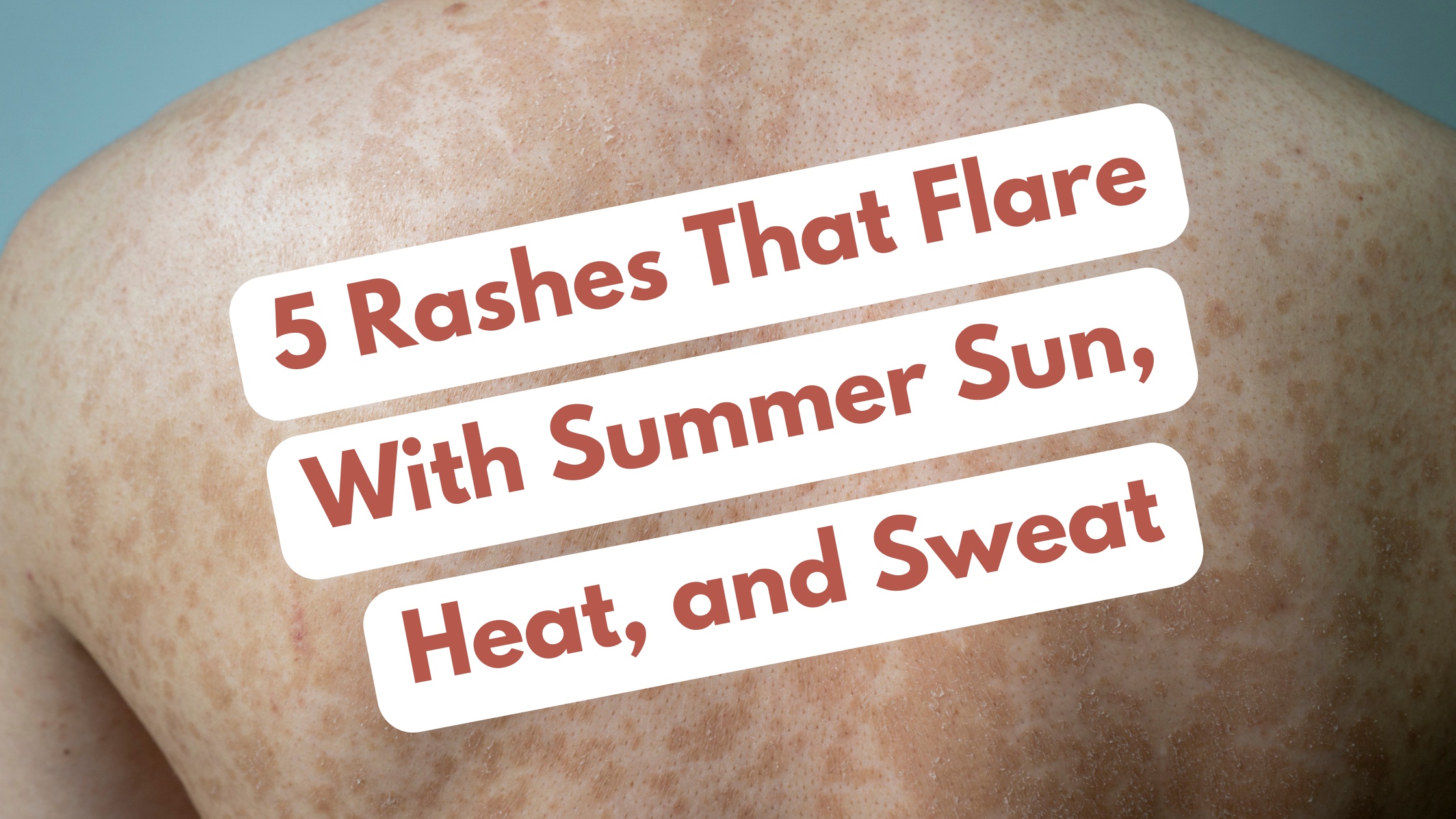
View comments
+ Leave a comment